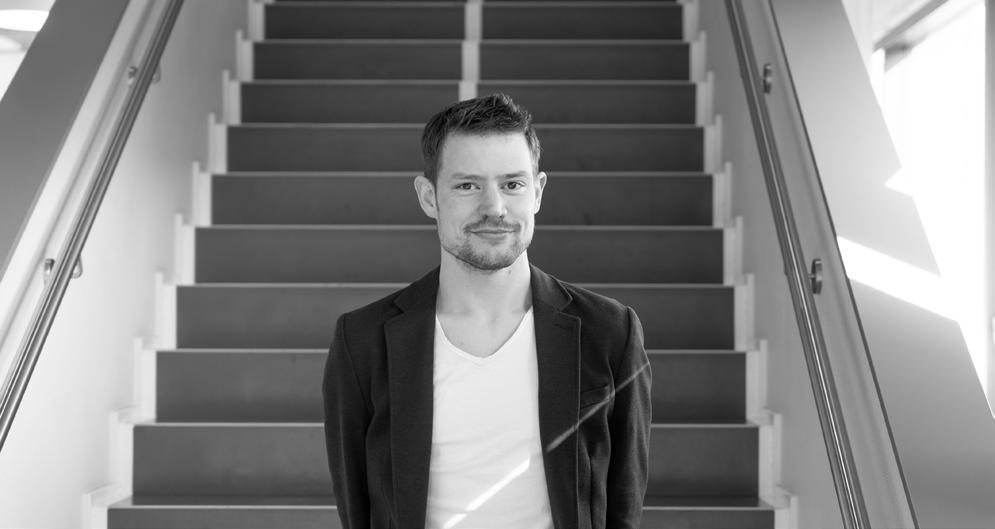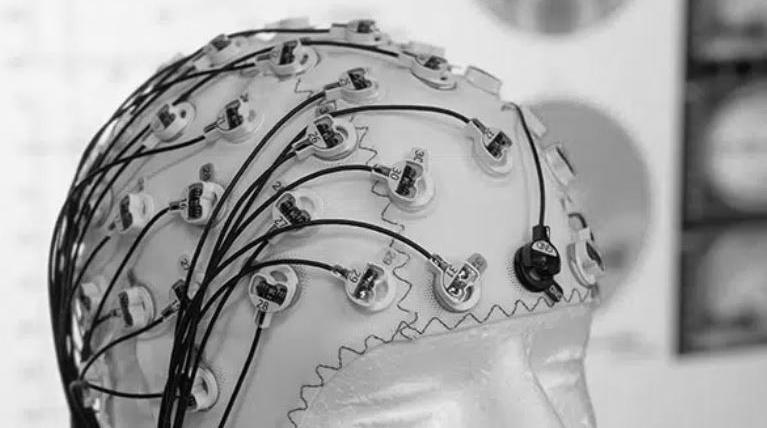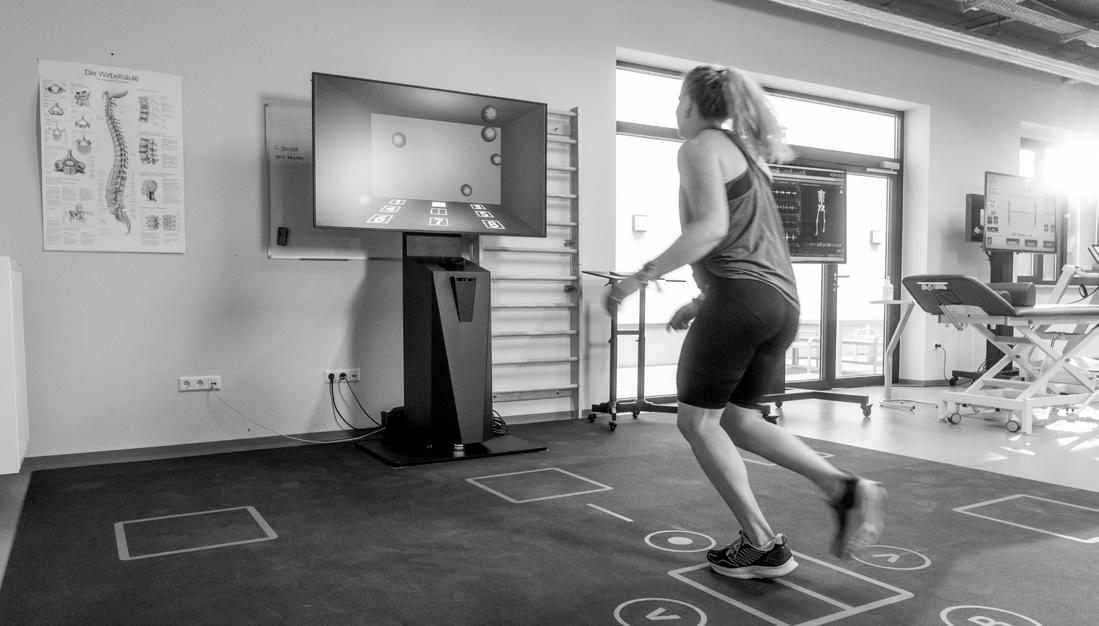
4 minute read
LUNEX – Train the Brain, Along with the Body
Interview with Associate Prof. Dr. Thorben Hülsdünker
LUNEX is a relatively young university, established in 2016. It specialises in sports and health sciences and focuses on putting its research results into practice. LUNEX and uni.lu collaborate on a number of projects.
We talked with Dr. Hülsdünker about his research at LUNEX. He leads the research team for Neurophysiology and Motor Control and has had interesting things to say about what happens inside the brain of athletes — and what impacts his findings can have on the general public, young and elderly alike.
What should non-LUNEX students know about the university?
Sport sciences are important; our research results can affect all our lives. It’s not just about creating better athletes. But more about this later. We reside in Oberkorn – you might have seen our building by the Aquasud pool – and have Bachelor and Master programmes in physiotherapy, sport and exercise science, sports management, nutrition, health management, and sports digitalisation. We also have a pre-bachelor foundation course.
It’s a young university, but our teaching and research equipment are among the best in the industry. Also, the current staff and students thus have the chance to shape what LUNEX can and will stand for.
What can you tell me about your research?
I will first talk about research I have already completed here, jointly with the German Sport University Cologne, where I finished my Bachelor and Master programmes before joining LUNEX. I joined in 2018, I am now an associate professor here.
My research posed the question of what makes a successful athlete – is it only their muscle and endurance, or does it have to do something with how their brain works?
To answer the question we examined elite badminton and table tennis youth athletes from 25 countries. We placed electrodes on their heads and saw that their brain activity is substantially different from that of non-elite players.
We have found that top athletes interpret visual information way faster than others. This means that they see faster. So it is not only about speed of the muscles, it is also about speed of the brain. The faster the brain works, the faster athletes can react.

Is there any practical significance of the findings?
There absolutely is. We have managed to train the visual area of the brain. This means that athletes can further develop skills useful for their sports beyond what they can achieve by regular physical training. The results have already been transferred into practical recommendations for the coaches.

We achieved positive results with our visual training within ten weeks, in forty athletes. The device looks like a pair of sunglasses, and is able to shut out light completely and in very fast succession. Thus, the athletes receive limited visual information about the ball’s speed and trajectory. This forces the brain to process the remaining visual information more effectively.
You have mentioned that there is new research going on.
Yes! We are working on developing a new training method that will develop both cognitive and motorcognitive skills. Cognitive skills such as memory, decision making, planning and problem solving are essential for school, job, sports and daily activities and thus for every person at every age. This research not only targets the development of athletes, but can also aid cognitive and physical development in children, and help preserve cognitive abilities of ageing people. The method will include both physical and cognitive training. The results of both training the brain and the muscles will have an effect on each other. In other words, the brain exercises will not only train the brain but also the body; and the physical exercises will not only train the body but also support cognitive function.

